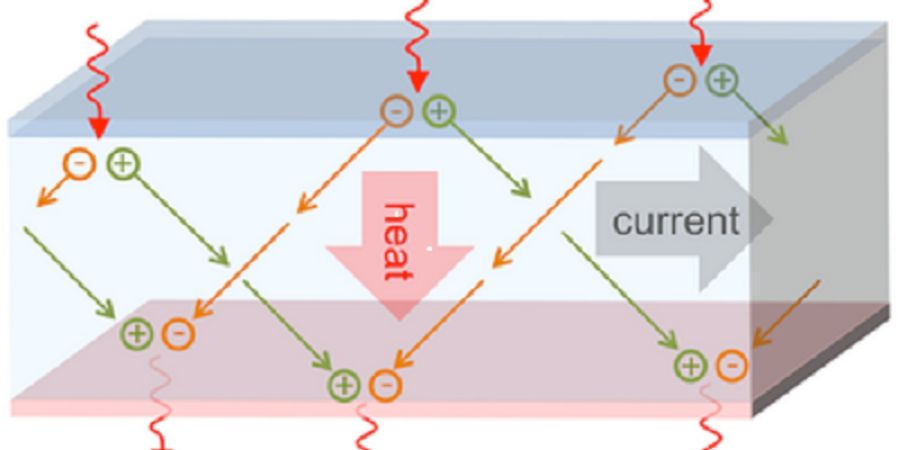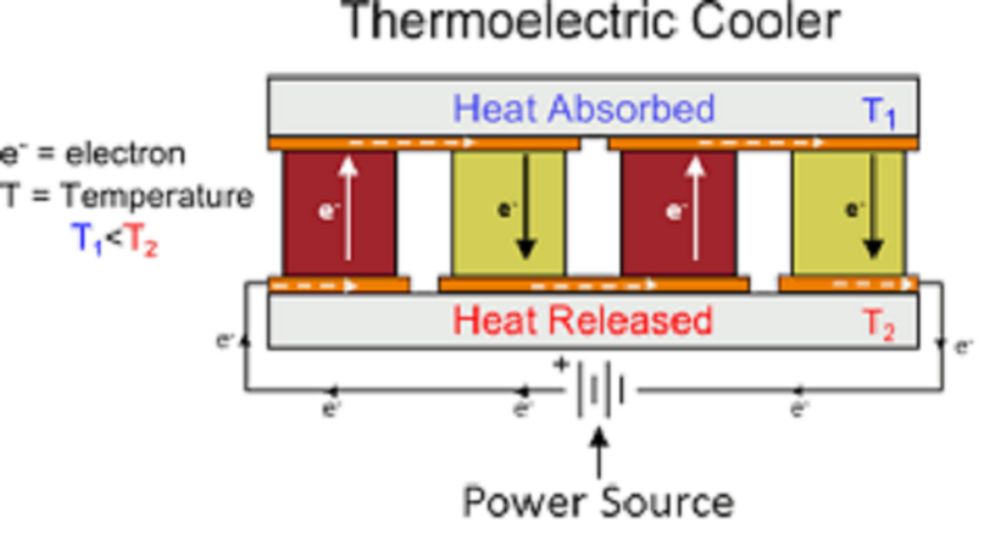

Whenever you speak into a telephone or into other types of microphone the presser waves of the sound energy move in a diaphragm. in some cases are the diaphragm move in a coil of wire a magnet, generating electrical energy which is transmitted through a wire to receivers.
Microphones used with public address systems or radio transmitters sometimes operate this principle. Other microphones, however, convert into pressure waves of sound directly into electricity.
Crystals of certain materials will develop electric charge if pressure is exerted on them. quartz tourmaline and Rochelle salts are materials that illustrate the principle of pressure as a source of electricity. iff a crystal made of these materials is placed between metals plates, pressure is exerted on the plates, and the electric charge product between the plates will depend on the amount of pressure exerted.
The crystal can be used to convert electric energy to mechanical energy by placing a charge on the plates since the crystals will expand or contract depending on the amount and type of the charge. while the actual use of pressure as a source of electricity is limited to very low power applications, you will find it in many different kinds of equipment.
Crystal microphones, crystal headphones, photograph pickup, and sonar equipment use crystal to generate electric charge from pressure.
Electric charge from heat:-

Another method of electric charge obtaining electricity is to convert heat into electricity directly, by heating a junction of two dissimilar metals. for example, if an iron wire and copper wire are twisted together to form a junction, and the junction is heated, an electric charge will result. the amount of charge produce depends on the difference in temperature between the junction and the opposite ends of the two wires.
A greater temperature difference results in a greater charge. a junction of this type is called a thermocouple and will produce electricity as long as heat is applied. while twisted wire may form a thermocouple, more efficient thermocouples are construed of two pieces of dissimilar metal revived welded together.
Thermocouples do not furnish a large amount of charge and cannot be used to obtain electric power. they are normally used in connection with heat indicating device to operate a meter directly market in degrees of temperature. electricity may be produced by using light as the source of energy converted to electricity. when light strikes certain materials, they may conduct electric charge easier, develop an electric charge, emit free electrons, or converted light to heat.
The most useful of these effects is the development of an electric charge by a photocell when light strikes the photosensitive materials in the cell.


